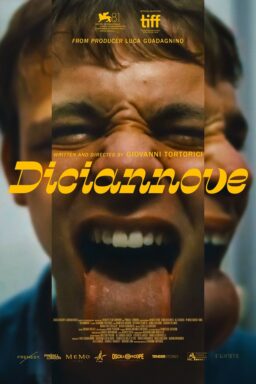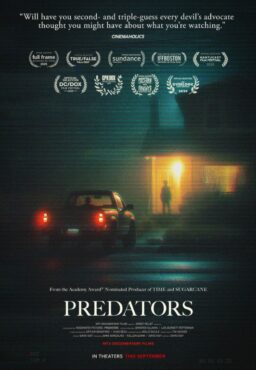If you’ve ever wandered through a video store, you’ve come upon shelves of animated films from Japan – anime is the Japanese word. Who rents these films? Someone must, because even the smallest stores have a big selection. But anime rarely surfaces on the big screen in the United States, and only a few titles – like “Akira” and “Ghost In The Shell” – have found bookings in Chicago. When U.S. moviegoers think of animation, they have tunnel vision: They want a Disney movie, or something that looks like Disney.
It’s not the same in Japan, where anime makes millions, and a movie named “Princess Mononoke” passed “E.T.” in 1997 to become the highest-grossing film of any kind in Japanese history (“Titanic” finally toppled it). The Disney animators themselves have always had great respect for Japanese animation, and especially for the work of Studio Ghibli, which made “Princess Mononoke.” And after long negotiations, the resident geniuses of Ghibli, Hayao Miyazaki and Isao Takahata, sold the U.S. and world rights to their films to . . . Disney itself.
“Princess Mononoke” will open in U.S. theaters Oct. 29, lovingly dubbed into English with A-list voices like Minnie Driver and Billy Bob Thornton. If any anime can win American audiences, this is the one.
Meanwhile, to prepare the way and celebrate Studio Ghibli, the Film Center of the Art Institute will hold a special sneak preview of “Mononoke” at 6 tonight, and follow it with a 10-film retrospective of the best work of Miyazaki and Takahata, through Nov. 13.
To watch these titles is to understand that animation is not an art form limited to cute little animals and dancing teacups. It releases the imagination so fully that it can enhance any story, and it can show sights that cannot possibly exist in the real world.
I’ve seen “Mononoke,” and four other titles: “My Neighbor Totoro” and “Kiki’s Delivery Service” by Miyazaki, and “Grave of the Fireflies” and “Only Yesterday” by Takahata. These are great films, some for families, some intended for grown-up sensibilities.
“Totoro” tells the story of a family whose mother falls sick; the father and children move to a house near a forest, where the children explore the forest and encounter the large and friendly woodland spirit, the Totoro. “Kiki” is about a young witch who grows old enough to fly off on her own and sets up shop in a new town, where she delivers bread and saves a new friend in a thrilling rescue from a dirigible.
My summaries make the films sound like kiddie movies. That’s because when we read descriptions like that, we assume they describe films that simplify and condescend. “Totoro” and “Kiki” are so alive, intelligent and inventive that adults may get more out of them than children.
As for the Takahata titles: “Grave of the Fireflies” takes place in the wartime ruins of Kobe, where a 14-year-old boy and his 4-year-old sister are left orphaned after an air raid. Desolation stretches out on all sides. The film, which has been called Japan’s “Schindler's List,” shows the brother doing anything he can think of to protect his sister, who grows weaker every day. This is the only animated film that has ever made me cry.
And then there is “Only Yesterday,” a touching, melancholy meditation on the life of the same woman at ages 10 and 27. With the subtlety of a novel, it shows a working woman on vacation, going to a relative’s farm, where she’s not really wanted, and remembering with bittersweet sharpness her childhood, when life was still ahead. Notice the way Takahata uses stillness, silence and a long pause in an early sequence where the little girl sees a boy she likes and realizes he likes her, too.
To discover these films leads to the revelation: We never fully understood animation before, and therefore did not fully understand what the cinema could do. When I first saw “Totoro,” I knew that no one would ever again have to explain those shelves of anime to me. Of course, a lot of those titles may be junk. A lot of everything is junk. But I have never seen anything from Ghibli that isn’t a treasure. Roger Ebert will interview Studs Terkel about the author’s new book, The Spectator: Talk About Movies and Plays and Those Who Made Them, at 7 tonight at the Chicago Historical Society, 1601 N. Clark.











